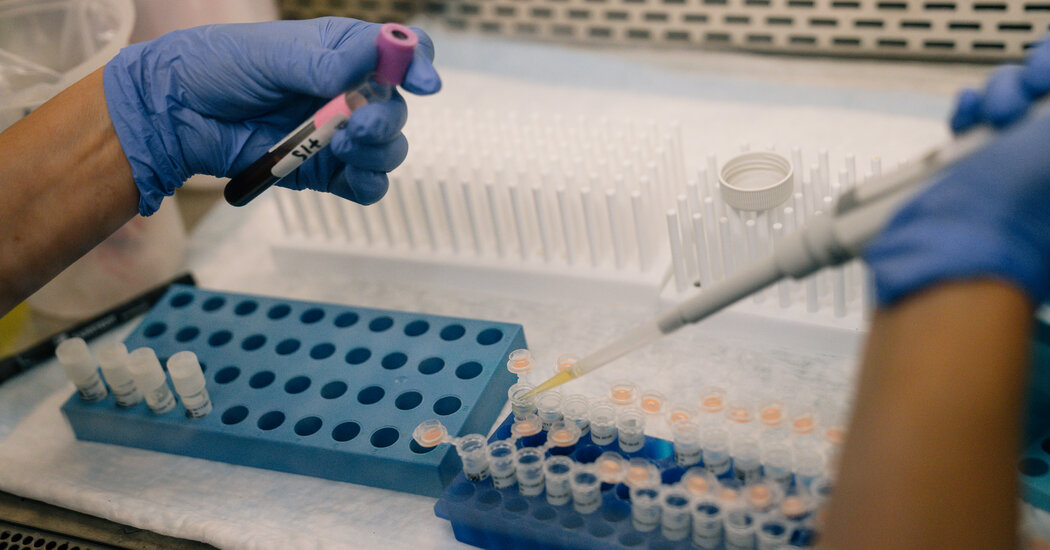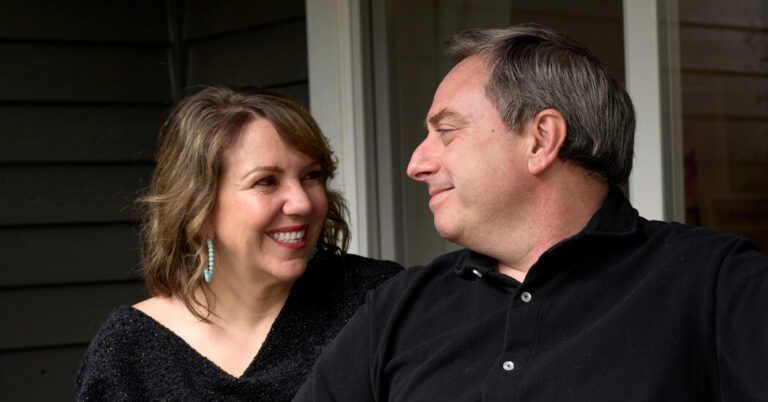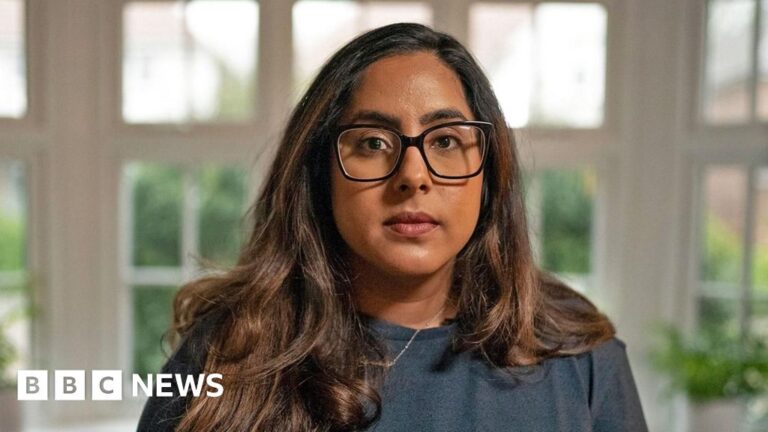A federal judge on Friday agreed to extend an order blocking the National Institutes of Health from reducing grant funding to institutions conducting medical and scientific research until she could come to a more lasting decision. Judge Angel Kelley of the Federal District Court for the District of Massachusetts had temporarily blocked the Trump administration’s cuts from taking effect earlier this month, with that hold set to expire on Monday. That teed up an urgent hearing on Friday in which states and associations representing those institutions urged her to consider halting the cuts more permanently. The stakes of the lawsuit were put in stark relief during one portion of Friday’s hearing that focused on “irreparable harm,” in which the judge asked both sides to explain whether the suspension of the funds amounted to an irreversible blow to the universities and hospitals across the country that depend on the funding. The N.I.H. has proposed cutting around $4 billion in grants it provides for “indirect costs,” which it has described as tangential expenditures for things like facilities and administrators, and which it said could be better spent on directly funding research.
But the coterie of lawyers representing the states and research institutions argued to the judge that the direct and indirect costs are often intertwined. They warned of adverse effects that could result from the pause in funding, including potential layoffs of highly skilled staff members, such as veterinary technicians that oversee animal research and hospital nurses. They also argued that many institutions would be unable to bring back employees they had lost once experiments and trials were forced to stop.
Lawyers for the plaintiffs ticked through an array of adverse effects that could result from the pause in funding. They asked the judge to consider the ramifications of potential layoffs of highly skilled staff members, such as veterinary technicians that oversee animal research and hospital nurses. They warned of clinical trials on new drugs being paused. They argued that many institutions would be unable to bring back employees they had lost once experiments and trials were forced to stop.
The plaintiff lawyers also pointed to a $200 million neuroscience lab at the California Institute of Technology, finished in 2020, that the university expected to pay for in part through the funding. They said there was a $200 million neuroscience lab at the California Institute of Technology, finished in 2020, that the university expected to pay for in part through the funding.
Brian Lee, a lawyer representing the government, said that the broad effects mentioned at the hearing were largely speculative, part of a “nonspecific aura of urgency” that research institutions had drummed up without showing concrete damages. He said the government’s lawyer said that the 15 percent cap was in line with what private foundations such as the Gates Foundation often agree to.
The plaintiff lawyers said that other groups not involved in the lawsuit, such as associations of dental and nursing schools, had also become invested in the outcome, fearing disruptions to their own operations. “Are you willing to agree that the plaintiffs will suffer harm?” Judge Kelley asked the government’s lawyer after hearing the long list of examples marshaled by the groups suing. “Not irreparable,” Mr. Lee replied.
He said the states and associations suing the government had other means of recovering the lost funding, such as suing under the Tucker Act, which allows groups to sue the government in contract claims. He added that the 15 percent cap was in line with what private foundations such as the Gates Foundation often agree to. He said that the 15 percent cap was in line with what private foundations such as the Gates Foundation often agree to.
Source link




